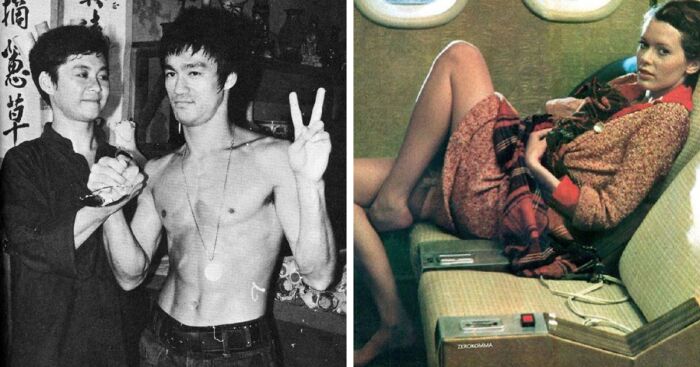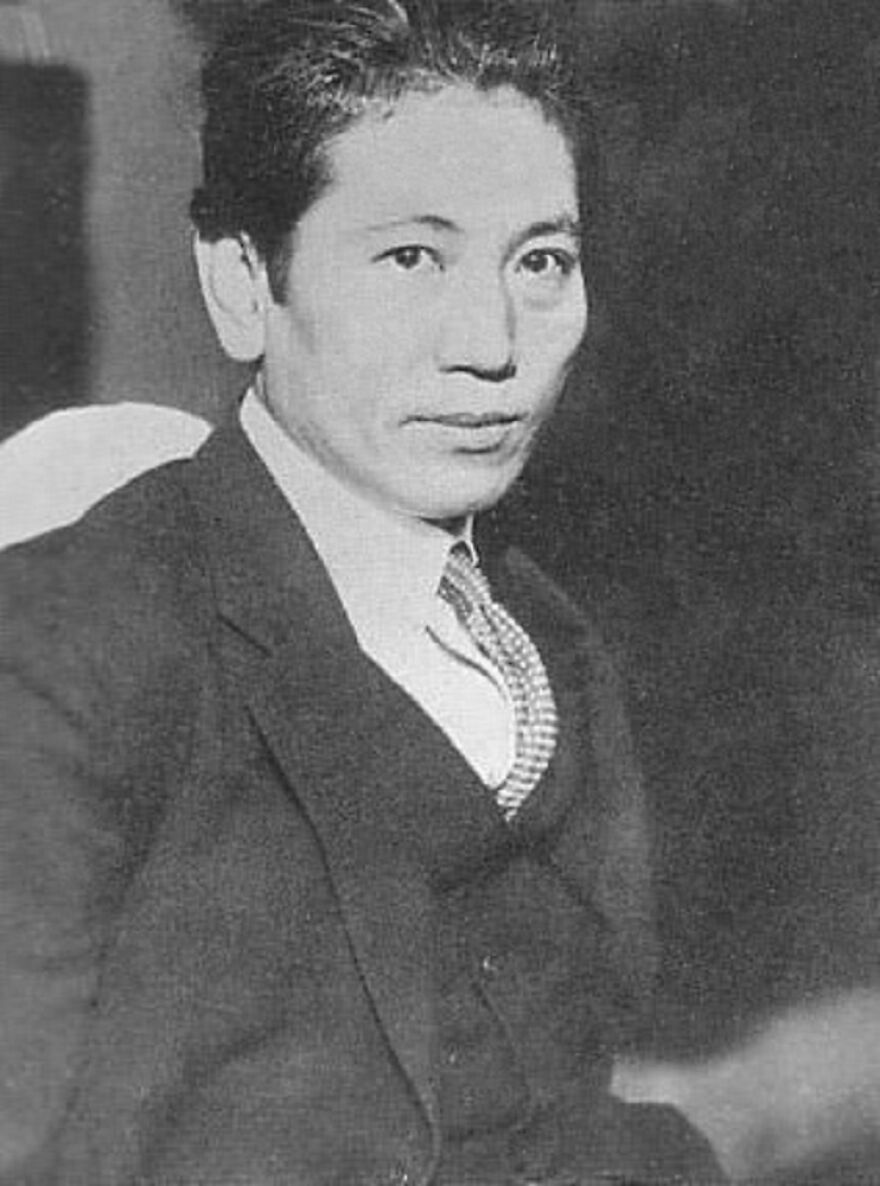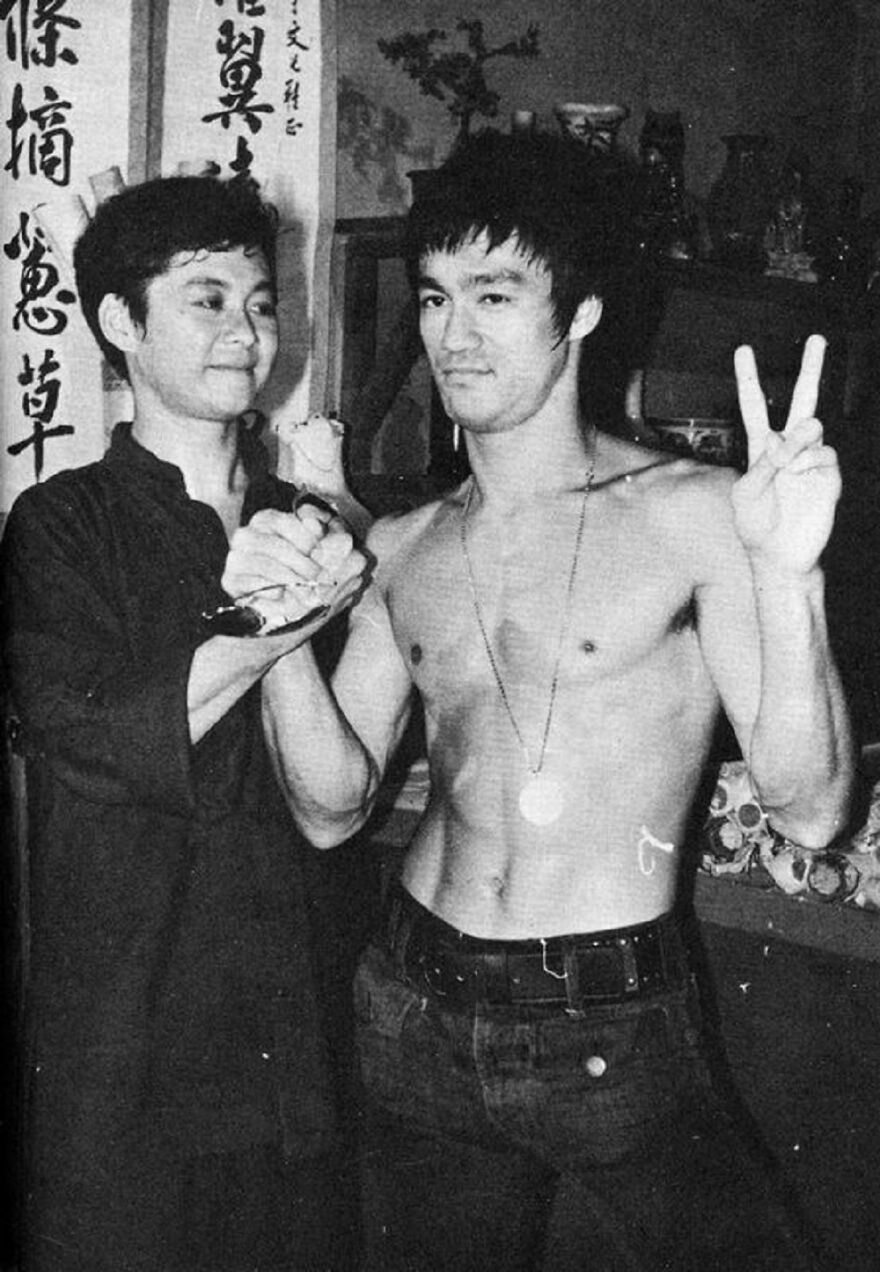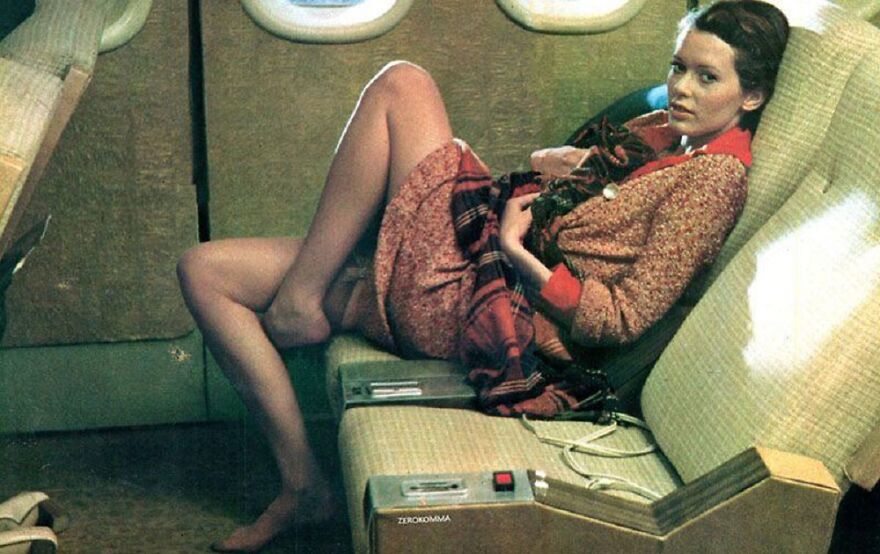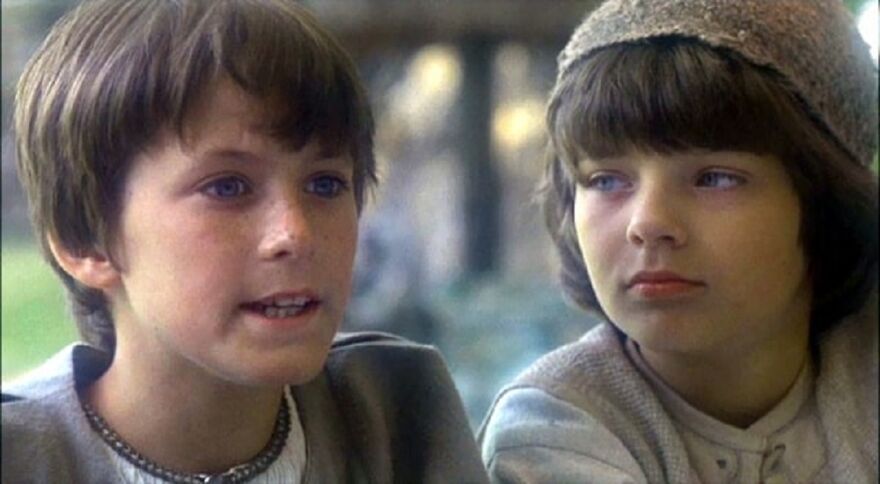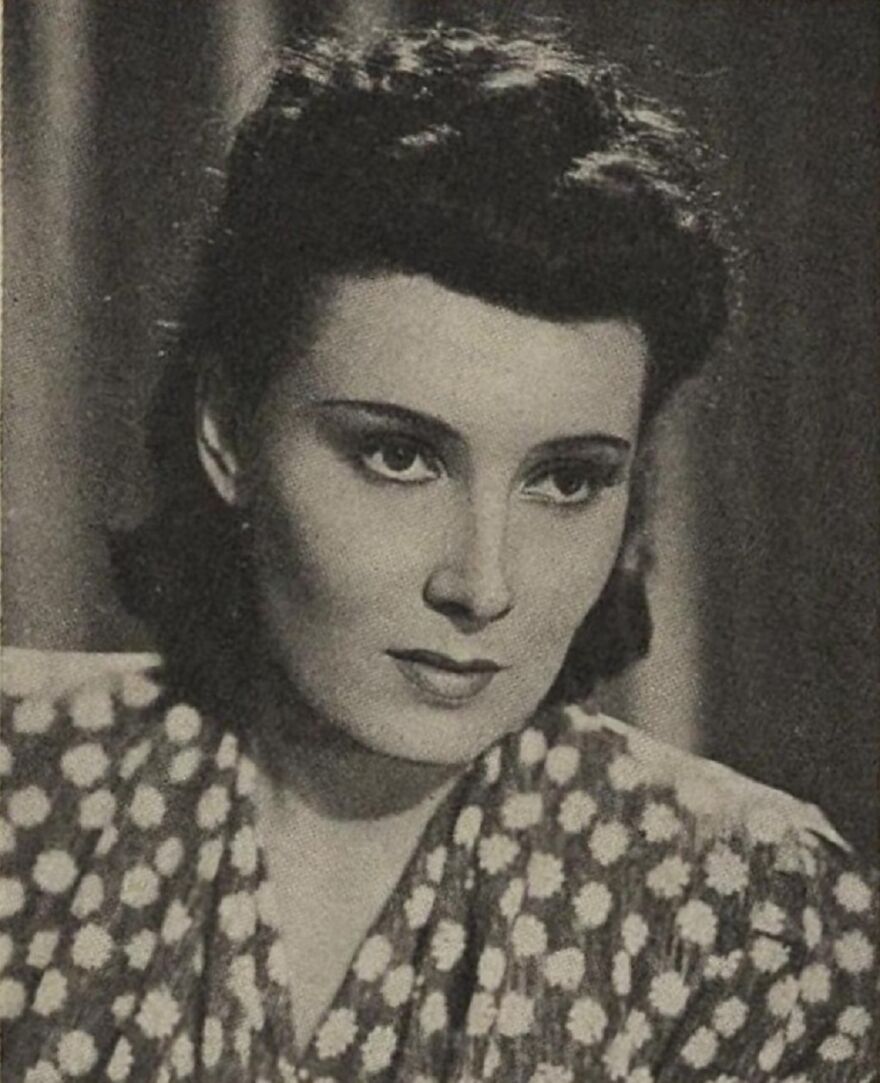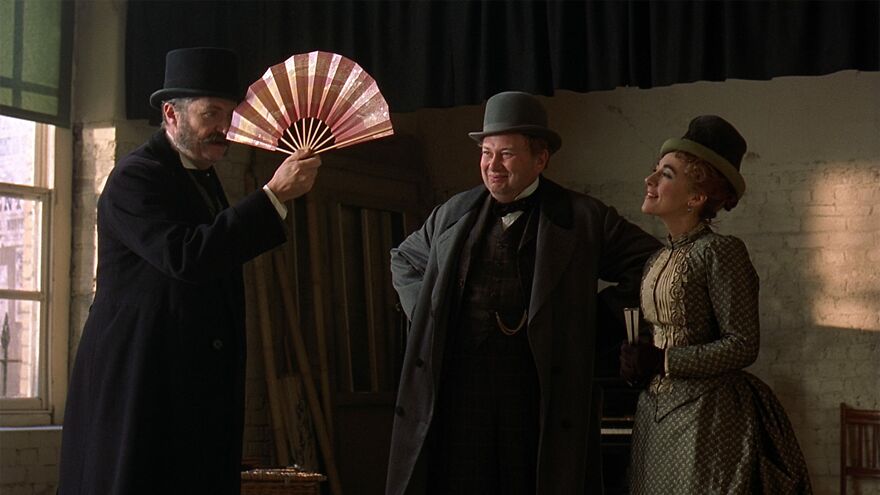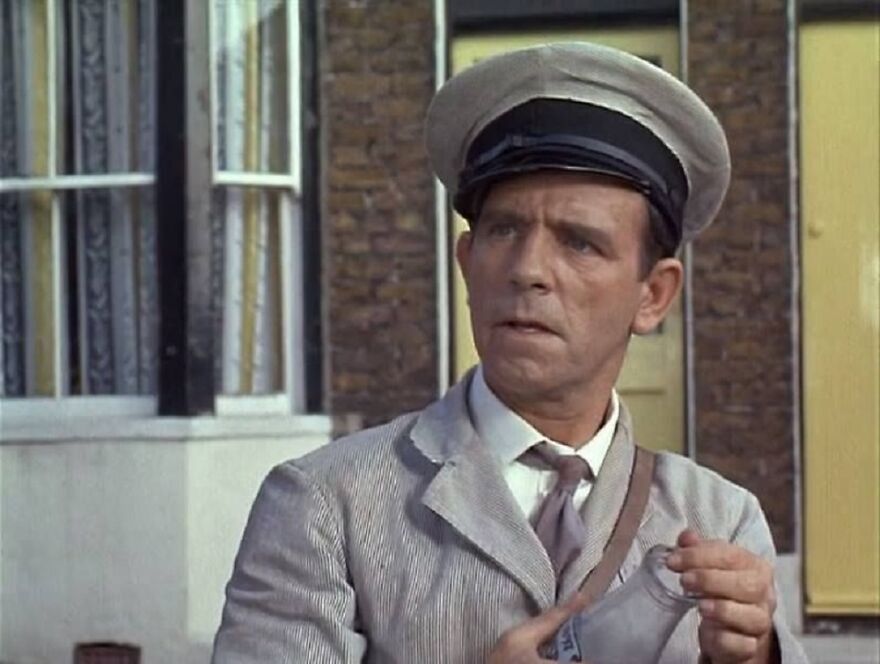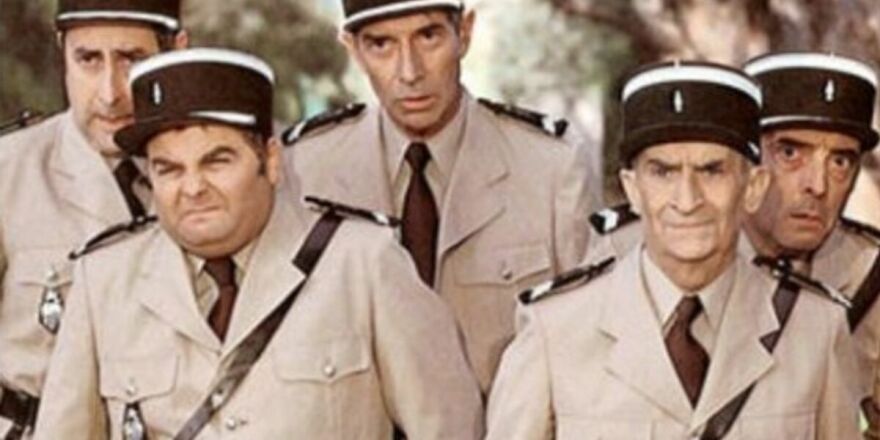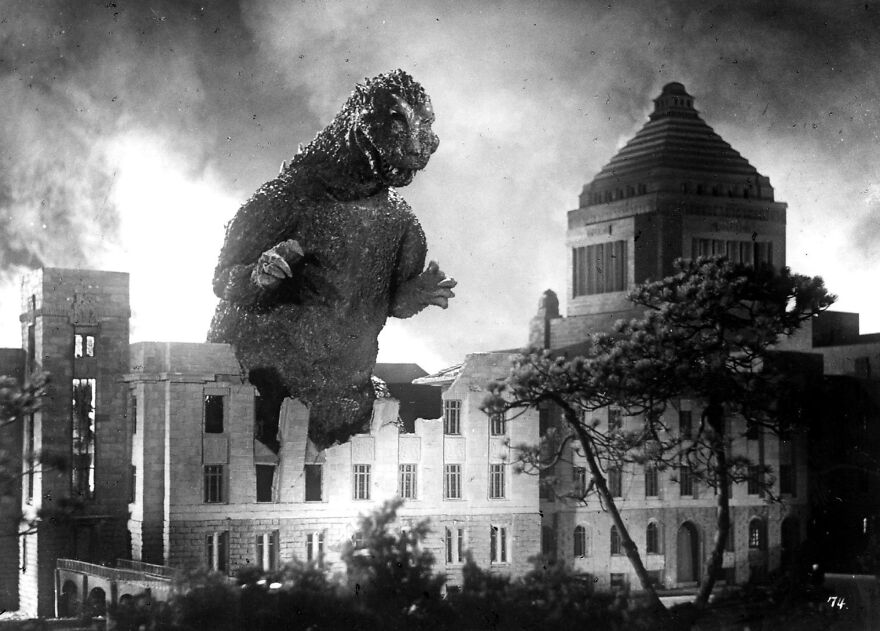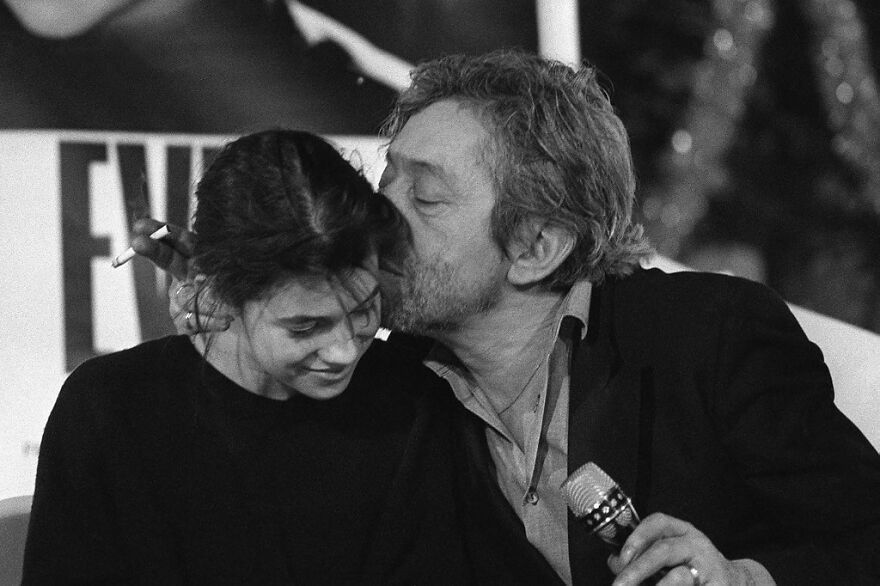Hollywood is nice and all - but you're certainly missing out if you ignore what's being made in the rest of the world. Here are ten very little-known stories about Europe's and Asia's biggest stars and franchises.
This post may include affiliate links.
Japan (A Long Time Ago)
This particular story isn’t connected to a specific film, but rather to a phenomenon that had its origin in Japan at the beginning of the century.
Now, before sound found its way into movies, film screenings in Japan would be accompanied by a so-called benshi. A benshi was a commentator who would stand by the screen and relate the film’s story to the audience. Often, they would also translate non-Japanese productions and explain to the movie-goers’ certain aspects of the European and American culture. Certain behaviours were incomprehensible to the Japanese, and it was a benshi’s job to explain those to the audience.
Not just that, but they would do so employing different tones of voice, e.g. speaking in a deep threatening voice when ‘explaining’ the villain, using a falsetto for women, a tenor for the nice guys, etc. Occasionally though, they would take it too far and improvise, thus deviating from the director’s vision.
Of course, a film would be accompanied by live music, too, although in Japan they would use their own instruments rather than a piano. As benshis didn’t have mics, they would have to carefully coordinate their narration with the orchestra.
Eventually, certain members of this profession became so popular that people would flock to the cinema just to hear them.
Fist Of Unicorn (Hong Kong, 1973)
In spite of Bruce Lee being predominantly famous for only a handful of films such as 'Enter the Dragon', 'Way of the Dragon' and 'Fists of Fury', he has thirty-two acting credits to his name – the earliest being from 1941, when he was only one year old. (Spoiler alert, he played an infant.) He even managed to appear in three episodes of the 1960s 'Batman' series.
Lee had a friend named Unicorn Chan (no, we’re not going to discuss his name). The two were good pals and appeared in a few films together. Both having been born in 1940, Chan outlived Lee by fourteen years, dying in a car crash in 1987.
However, Chan never found worldwide fame, and shortly before Lee’s death in 1973, he came up with a ruse. He was hoping the move would help his career, but it ended up destroying their friendship.
Chan was offered a starring role in a film – 'Fist of Unicorn'. The condition for the film being made, though, was that Lee had to appear in it, too. Lee said no, but agreed to help out as a fight coordinator and script consultant. Little did he know that his every move on set was secretly filmed, after which the footage was inserted in the actual film. I myself haven’t seen the finished product, and I don’t think I ever will, but it is said that Lee’s scenes and the rest of the footage – shockingly – fail to harmonise. The filmmakers didn’t really care, though – they had Bruce Lee on film, and they were going to make heavy use of his name to promote 'Fist of Unicorn'.
Naturally, Lee sued, but sadly passed away soon afterwards.
It should be said that Chan himself denied having known of the ruse, but Lee was angry enough to remove him from both 'Game of Death' and 'Enter the Dragon'.
That's very interesting to know. I thought Bruce Lee only had a few movies. Here's another fun fact: Bruce Lee and Jackie Chan were in a film together, and they "fought." Two martial arts legends right there.
Emmanuelle (France, 1974)
'Emmanuelle', a French erotic drama shot predominantly in Thailand, is one of those 1970s classics that almost everyone has heard of, but only a selected few have seen – at least in English-speaking countries. In France, Germany, Italy and the rest of Europe, there should still be millions and millions of movie-goers who remember it very fondly. (A few years back, when writing "The Geek Who Came from the Cold", I made the film the central point of the novel's most embarrassing story.)
The film is based on a book that may have been scandalous at the time of its publication but is ridiculously tame and bland by today’s standards. At any rate, I only managed about thirty pages.
In what must be one of French cinema’s most erotic moments, Kristel and her co-star Christine Boisson sit facing each other in a garden, sunshine and all, and have an idle conversation about, well, sex. Boisson is holding a magazine with Paul Newman on the cover. At some point, she leans back, lets her hand slide between her legs and starts pleasuring herself. After watching her for a while, Kristel does the same.
The perspective of having to masturbate in front of the entire film crew and then for the whole world to see on a big screen really can be a little daunting. Kristel asked for a cigarette to relax, so they tried to find her something. A local finally brought her a hand-rolled one and said it was a ‘Thai cigarette’. She asked for a few minutes break to smoke it in peace. It tasted unusual, but then again, everything tasted exotic in Thailand, she reckoned...
That ‘Thai stick’ was enough to stop the shoot. No matter how much Kristel got slapped, she was only able to resume her acting duties the following day. Even then, she still wasn’t quite herself. This is why, when you watch the scene, you may get the feeling that something in her gaze is off. Now you know – it wasn’t a horny look, just stoned.
Following its release in 1974, 'Emmanuelle' played at a cinema in Paris’ Champs-Élysée for eleven years straight!
Mio In The Land Of Faraway (Sweden/Norway/Ukraine, 1987)
I still remember my dad taking me to see 'Mio in the Land of Faraway' when I was eight or so. I can’t remember much, but I do recall that the film depressed the hell out of me with its grim, dreary atmosphere.
'Mio' is a Swedish/Russian fantasy film starring Christian Bale in his first feature film and Christopher Lee as the villain, the knight Kato. It is based on a novel by Astrid Lindgren – the one who penned 'Karlsson-on-the-Roof' and 'Pippi Longstocking'. It was filmed in Sweden, Scotland and the Soviet Union, and it’s the time the cast and crew spent in the USSR that is most interesting.
Well, ‘interesting’ for us. For them, it was a pretty bumpy ride for one reason or another. For Derek Meddings, FX designer who was nominated for an Oscar for his work on 'Moonraker', the journey to Yalta was but a small step. I mean, literally: once picked up from the airport, he got out of the car, slipped on the snow and immediately broke his leg.
Christopher Lee called the working environment a horror story, the food uneatable, the sanitation unspeakable and the shoot itself irritating, as apparently, nothing was being done before lunch and hardly anything after.
When the shoot was still underway in Ukraine, the Chernobyl disaster happened, interrupting the work for a month. According to Christian Bale, the crew was urgently evacuated, and when they returned, there would always be someone with a Geiger counter at dinners, scanning each plate.
Interestingly, it was a Ukrainian thirteen-year-old schoolgirl who was the stunt double for Bale and his co-star Nicholas Pickard. She was a little surprised why the boys were followed by a nanny wherever they went and why they couldn’t even do a simple jump, but it doesn’t mean she didn’t enjoy her work. Reportedly, in the final battle with Lee’s character, it was her, too, who was wielding the sword, while Pickard would only appear in close-ups.
Guard 13 (Germany, 1946)
Just like my girlfriend, the actress Lída Baarová (1914 – 2000) was of Czech-Austrian descent. In spite of being pretty well known back in the 1930s and 1940s, today she is mostly remembered as the mistress of previously mentioned Joseph Goebbels, Hitler’s propaganda minister. The two remained an item until Hitler himself intervened in 1938 and ordered Goebbels to end the affair. Having worked in Germany and Italy during WWII, she was extradited to Czechoslovakia when the war ended.
Suspected of having collaborated with the Nazis, she and her family were taken into custody. Her mother died under interrogation, and her sister killed herself a year later. After being held prisoner for 18 months, Baarová was finally set free due to a lack of evidence.
Shortly before the end of the war, Baarová was in Czechoslovakia, filming a movie called 'Guard 13', directed by Martin Frič. Naturally, she wasn’t exactly popular with the local population due to her Nazi connections. Germany would regulate the entire film output in the occupied countries, and so all Czechoslovakian directors would receive instructions whom to cast. Frič was ordered to give the main role to Baarová. At that time though, it was becoming clear that Germany would lose the war, so Frič was bold enough to disobey the order. In a way.
Baarová really was cast, and the shoot did begin, save for one small detail. There was no film in the cameras. Apparently, Frič was playing for time, hoping the Nazis would capitulate before he would have to release the movie. Still, when the diva found out that the shoot was nothing but an elaborate scam, he was pretty concerned for his safety – Gestapo was still active, and things could have ended very badly for him and his team.
But nothing happened. Baarová got so upset, she left the studio lot and phoned soon afterwards, saying she wouldn’t be coming back. 'Guard 13' was released the year after the war’s end, in 1946, with Dana Medřická in the role originally intended for her.
Topsy-Turvy (UK, 1999)
It’s quite possible that the following story has never been published in any form. The only reason I know it is because I heard it from the director Mike Leigh myself.
If you’re familiar with the way Mike Leigh works, you know that he is a very conscientious man, be it when it comes to writing, preparing, shooting or discussing his work. While his most famous film will probably be the 1996 drama 'Secrets and Lies', fans of Gilbert & Sullivan’s operas like myself often count 1999’s 'Topsy-Turvy' among their favourite films. This moderately light-hearted story of the creation of the duo’s most famous opera, 'The Mikado', received two Oscars for Best Costume Design and Best Makeup.
The film stars a number of pretty big names in British cinema, such as Jim Broadbent and Timothy Spall, with most of them playing members of the opera company producing Gilbert & Sullivan’s works. One of those actors was the Scotsman Kevin McKidd, portraying the tenor Durward Lely, who had one of the principal roles in 'The Mikado'.
To prepare for his role, McKidd decided to go to Arbroath (Scotland), Lely’s birth place. When he arrived, he went to the local library to ask if they happened to have any books on Lely and his life. The librarian said they had something even better and promptly introduced him to Lely’s distant relatives who were still living in the region. After finishing his research, McKidd received from them a little present – a necklace with a pendant that belonged to Lely himself. It is this necklace that you can see McKidd wear in the film.
...And now that I’ve got this anecdote written down, I seriously wonder whether it will be of interest to anyone other than Gilbert & Sullivan fanatics. Ah, well.
Norman Wison (UK... Many Years Ago)
The British comedian Norman Wisdom was big in Albania, where he is best known as Mr Pitkin – a character he played in a series of comedy films between 1953 and 1966. Not that he wasn’t famous elsewhere outside the UK – his popularity reached as far as South Africa or Iran, not to mention the Eastern Block states. But nowhere did he have such loyal admirers as in Albania. He was one of the very few Western actors whose films were permitted to be screened by the then-dictator Enver Hoxha. Reason: the Hoxha interpreted Wisdom’s films as an example of a proletarian’s struggle against capitalism.
Cut to England, decades later. The comedian/musician Tony Hawks has had quite an adventurous life. Today, he is best known for a few eccentric bets he made with his friends – the first one involved him having to hitchhike around Ireland with a fridge, and to win the next one, he had to defeat the entire Moldovan football team at tennis. It was those bets that inspired him to write witty, insightful and heart-warming books describing his adventures.
Knowing that Tony was always game for a quirky challenge, another friend suggested the following bet: she dared him to try and land a top twenty hit within two years. According to the bet’s conditions, this could be anywhere in the world, so Tony travelled from one country to the next, recounting his odyssey in his third book, 'One Hit Wonderland'.
Spoiler alert: he won this bet, too, by having Wisdom perform the song Big in Albania, which was played on Albanian radio so often it actually did enter the country’s Top 20 for a while. Tony’s collaborator on the project was the lyricist Tim Rice, who had supplied the lyrics for the most popular Andrew Lloyd Webber musicals, such as 'Joseph and the Amazing Technicolor Dreamcoat' or 'Evita'.
Tony Hawk also had a Top 40 hit in the UK with a spoof song based on The Beastie Boys' 'No Sleep Til Brooklyn'. It was called The Stutter Rap (No Sleep Til Bedtime).
The Troops Of St. Tropez (France, 1962)
The 'Troops of St. Tropez' series consisting of six films shot between 1964 and 1982 is certainly one of the best-known French movie franchises. It stars Louis de Funès, one of the most admired French comedians of all time, as the head of a St. Tropez gendarme team.
It would be fair to say that the 'Troops' closely resembles the 'Police Academy' movies in spirit. De Funès, in turn, could easily be compared to Danny de Vito, including his mannerisms and receding hairline. Except that the former, while always droll to look at on screen, had a rather sombre persona in private life.
However, had it not been for a small incident involving the scriptwriter Richard Balducci, the series never would have happened. It was while he was staying in Saint Tropez, admiring the panorama of Port Grimaud, that his camera was stolen from his convertible. He reported the theft to the local police precinct, but the gendarme in charge was having breakfast and didn’t feel like dealing with anything not related to food. He explained to Balducci that he and his men did know who the thief was, but they missed him a few days ago and couldn’t offer any help for the time being.
Annoyed by such lack of application to duty, Balducci promised he would make the troop famous – and he did!
Godzilla (Japan, 1954)
In March 1954, a Japanese fishing boat named Daigo Fukuryū Maru with a crew of twenty-three men was contaminated by fallout from a nuclear test at Bikini Atoll. The crew spent weeks being treated against acute radiation syndrome, and it was during those treatments that the men were inadvertently infected with hepatitis through blood transfusions. In the end, all of them recovered but one – the radioman died from liver cirrhosis compounded by the secondary hepatitis infection.
Ever since the destruction of Hiroshima and Nagasaki, Japan (and not just them) had been living in fear of a nuclear holocaust, and this incident was another reminder that the danger was still very much real.
The previous year saw the release of the American kaiju film 'The Beast from 20,000 Fathoms'. It was that movie in combination with the Daigo Fukuryū Maru incident that inspired the idea for 1954’s 'Godzilla', one of Japan’s greatest film classics and certainly best-known franchise.
By the way, you know when people haughtily talk about a guy in a rubber monster suit destroying miniature sets? Well, it was this 1954 classic that pioneered this technique, and it became known as suitmation. Godzilla’s ‘skin’ structure is modelled after the burn scars suffered by Hiroshima and Nagasaki survivors.
P.S. Wanna have a good laugh? Check out the VHS cover for 'Godzilland', a kid’s TV series based on the movies at https://en.wikipedia.org/wiki/Godzilland Isn’t that adorable?
I searched Kaiju into the BP search bar and this came up and I wanted to also say that suitimation lead to the birth of Tokusatsu, which let to the birth of Ultraman, which led to many other tokusatsu, but also inspired countless anime too, most notably Evangelion
Gainsbourg: A Heroic Life (France, 2010)
Actress Charlotte Gainsbourg is the daughter of Serge Gainsbourg, a cult singer-songwriter who had caused his share of scandals before his death in 1991. She is best known for 'Nymphomaniac' and other Lars von Trier films.
Once, she was offered an interesting role. Joann Sfar, comic book author and film director, asked her if she fancied playing her own father in the then-planned biopic 'Gainsbourg: A Heroic Life'. One couldn’t exactly say that Charlotte is her father’s dead ringer. But since Sfar was intending to approach the project in a playful and surrealist manner, the idea must have somehow made sense to him. It wasn’t until months into the preparation process that she ended up declining the role, saying the thought of doing it made her anxious. She was ultimately replaced by Eric Elmosnino.
Sfar was such a tremendous fan of Gainsbourg’s that he had moved to Paris just to meet his hero. Sadly, he didn’t manage – the singer died a month later.
